Affiliate links on Android Authority may earn us a commission. Learn more.
Nokia X review: Nokia meets Android
Published onApril 12, 2014
For a long while, people have clamored for a Nokia built Android device. They wanted that Nokia build quality, that Nokia look and feel, that Nokia design, and we finally got that at Mobile World Congress… sort of. This past February, Nokia announced their first three Android phones, starting with the depressingly spec’ed Nokia X, the Nokia X+, and the Nokia XL.
Does Nokia’s legendary build quality, optics, and overall robustness translate to its Android phones? Or is the X line too little too late, a half-baked effort that just serves to remind us that Nokia could have easily followed another road?
We answer these questions in our Nokia X review.
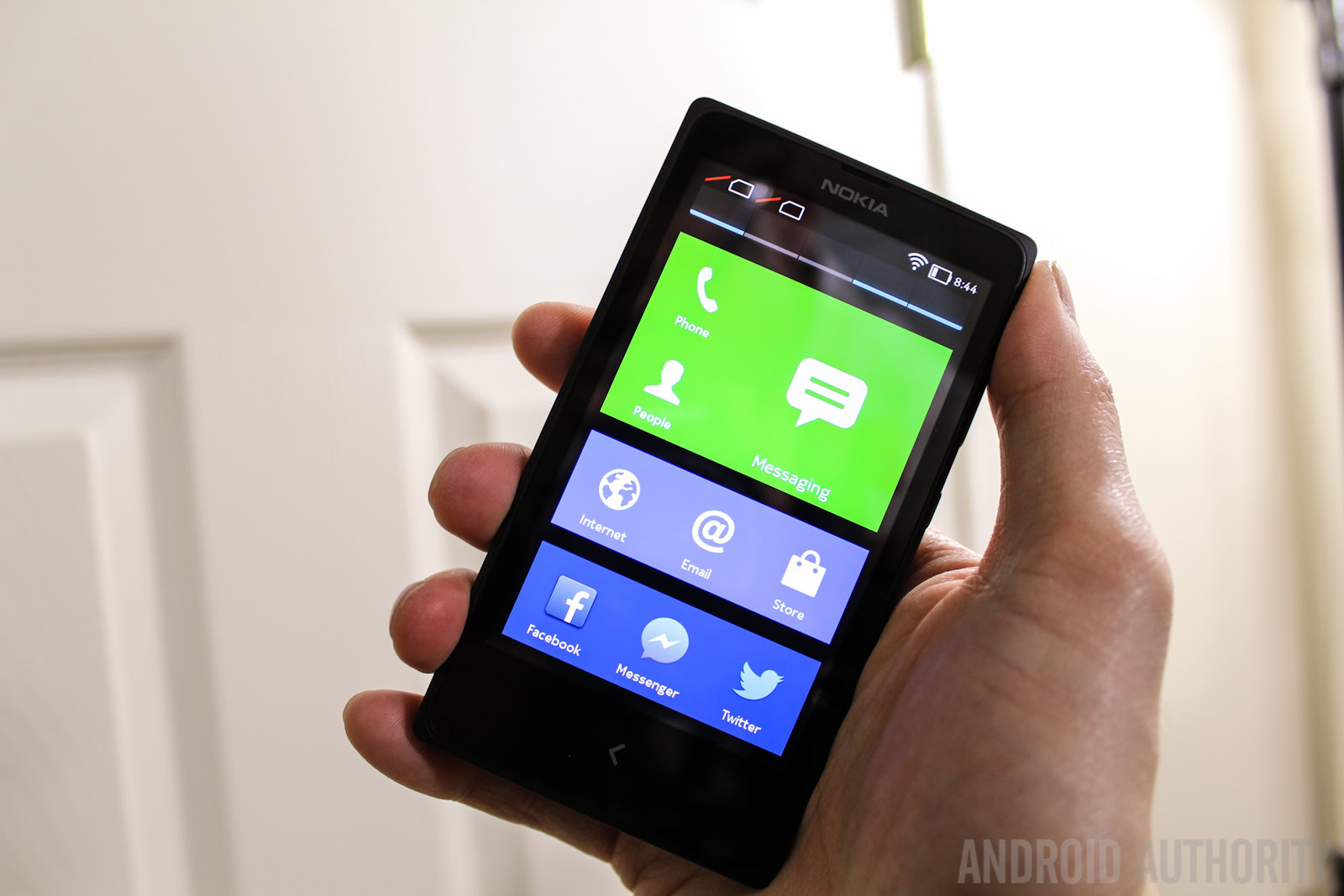
The Nokia X is a dual-SIM device, so it’s great for traveling internationally or for those of you that need multiple connections to stay in touch with family or business.
We didn’t do an actual unboxing for this particular device, but inside the box there were pretty typical items, including the standard paperwork, a micro-USB charging cable, and, surprisingly, a pair of bright red earbuds, which I did not expect considering this is a very low-end budget device.
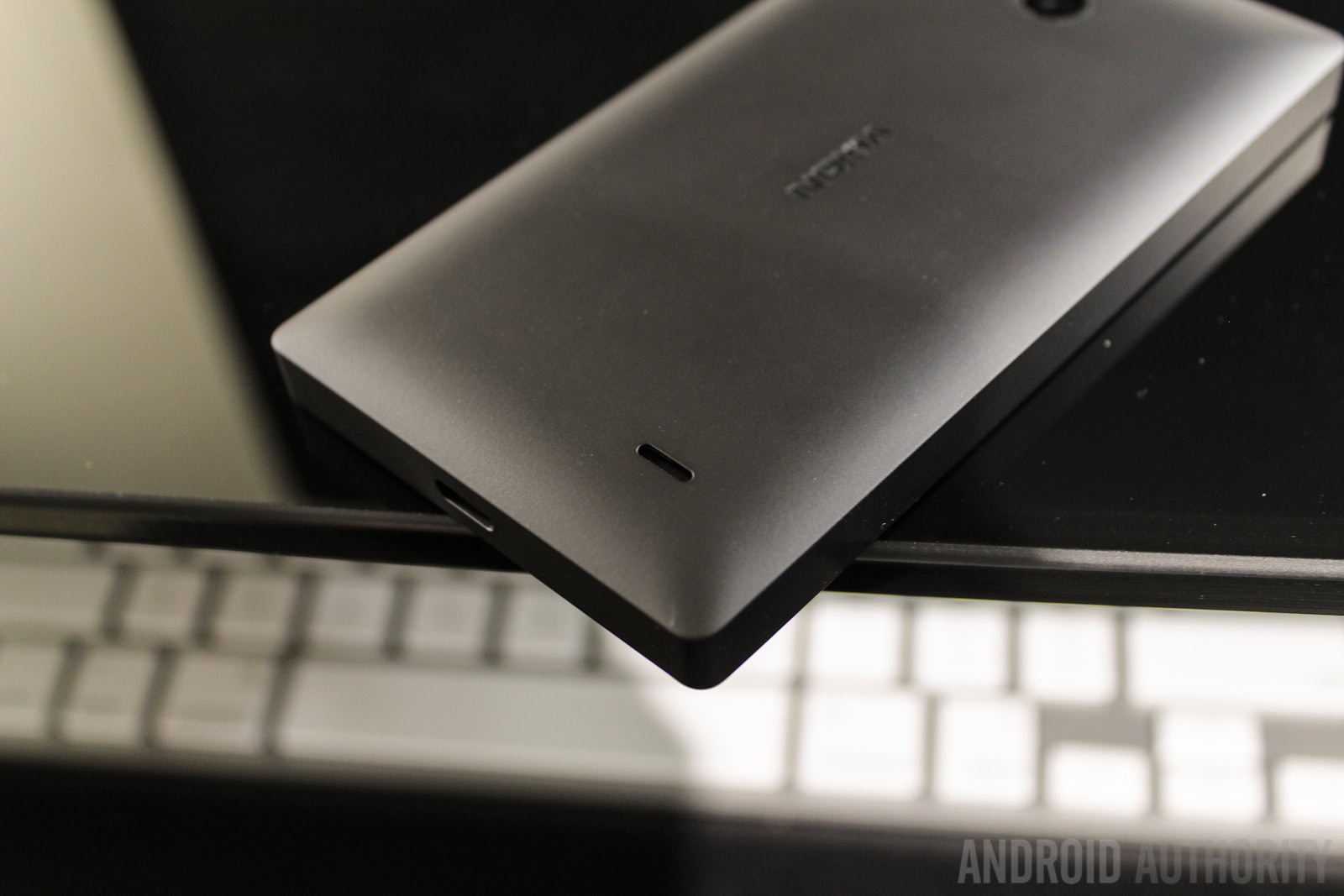
From a design perspective, the Nokia X does exude that Nokia look and feel that we’ve become familiar with, and although it’s not nearly as premium as Nokia’s flagship devices, the build quality actually isn’t that bad, and it actually feels pretty solid in the hand. It’s a little bit on the thick side, at 10.4 millimeters, but overall it feels pretty small and compact. The outer shell is comprised of a soft touch rubbery material which lends to a great in-hand feel and gives the phone a very nice grip.
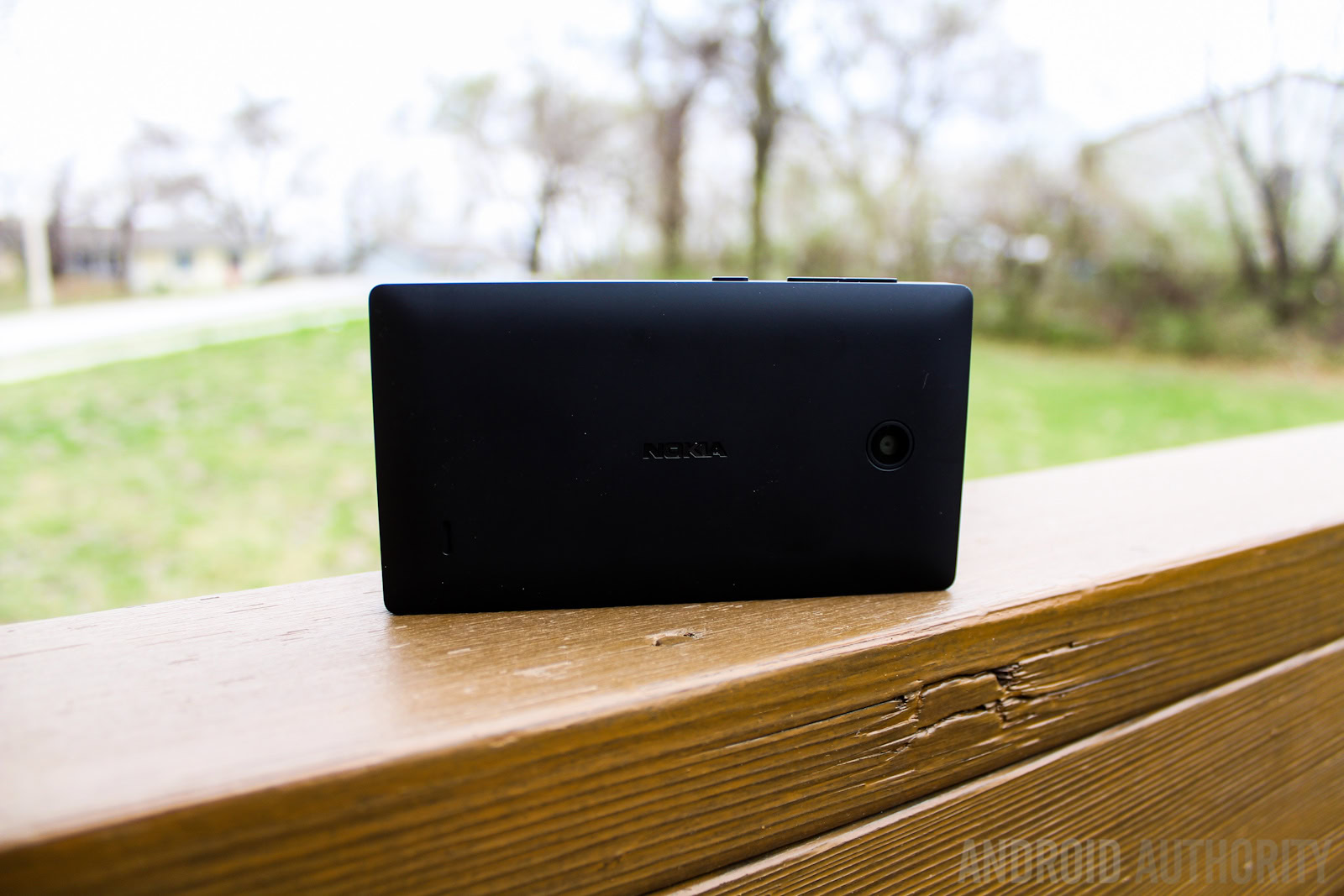
The buttons and ports layout is very typically Nokia. On the right side, you’ve got your standard power and volume keys which are actually pretty tactile and responsive. On the top of the device is your 3.5 mm headset jack, along with your micro USB port on the bottom, and following along the back, is your 3 megapixel camera with a single speaker in the bottom right corner. On the front of the device you will find just a single back button flanking the bottom of the display instead of your standard array of Android buttons. The outer shell is removable, giving you access to the two sim card slots, the microSD which supports up to 32Bg, and the 1500 mAh hour battery.
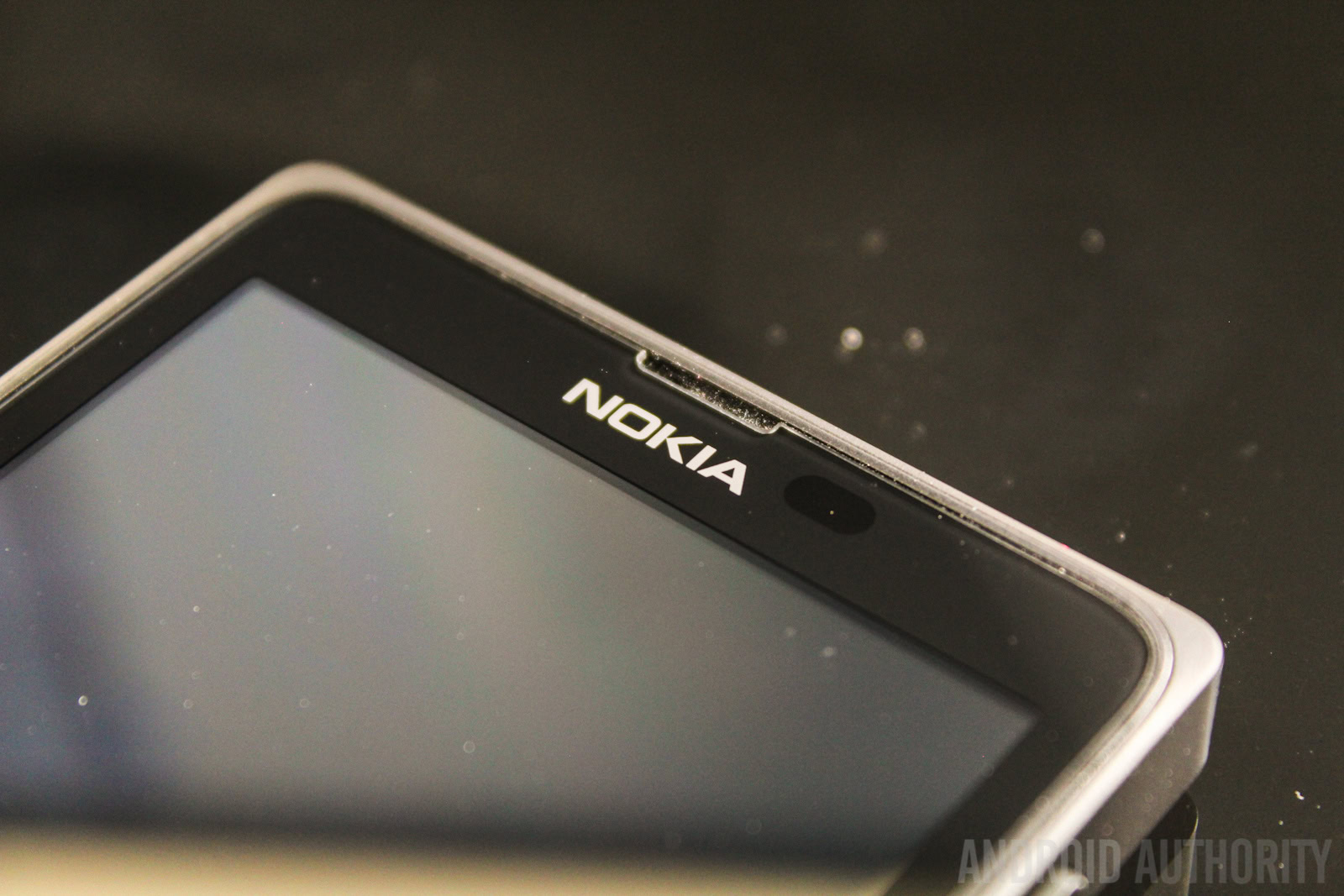
Specs-wise the Nokia X is rocking a 4-inch LCD display with WVGA (800×480) resolution, a dual-core Qualcomm Snapdragon S4 processor, an Adreno 203 GPU, 512MB of RAM, and 4GB of internal storage. Now obviously these are very low end specs. You’re definitely going to see pixels on this display, with it’s low resolution and color reproduction and viewing angles are certainly not the best. The display also doesn’t get very bright, making it difficult to see in direct sunlight.
The performance of the Nokia X also leaves a lot to be desired as it is rather sluggish in day to day usage. Scrolling can be a little janky at times, and while native applications like the dialer, messaging, and contacts open up reasonably quick, third party apps like Facebook, Twitter, or Instagram, take several seconds to load, which over time got to be a little bit frustrating to say the least.
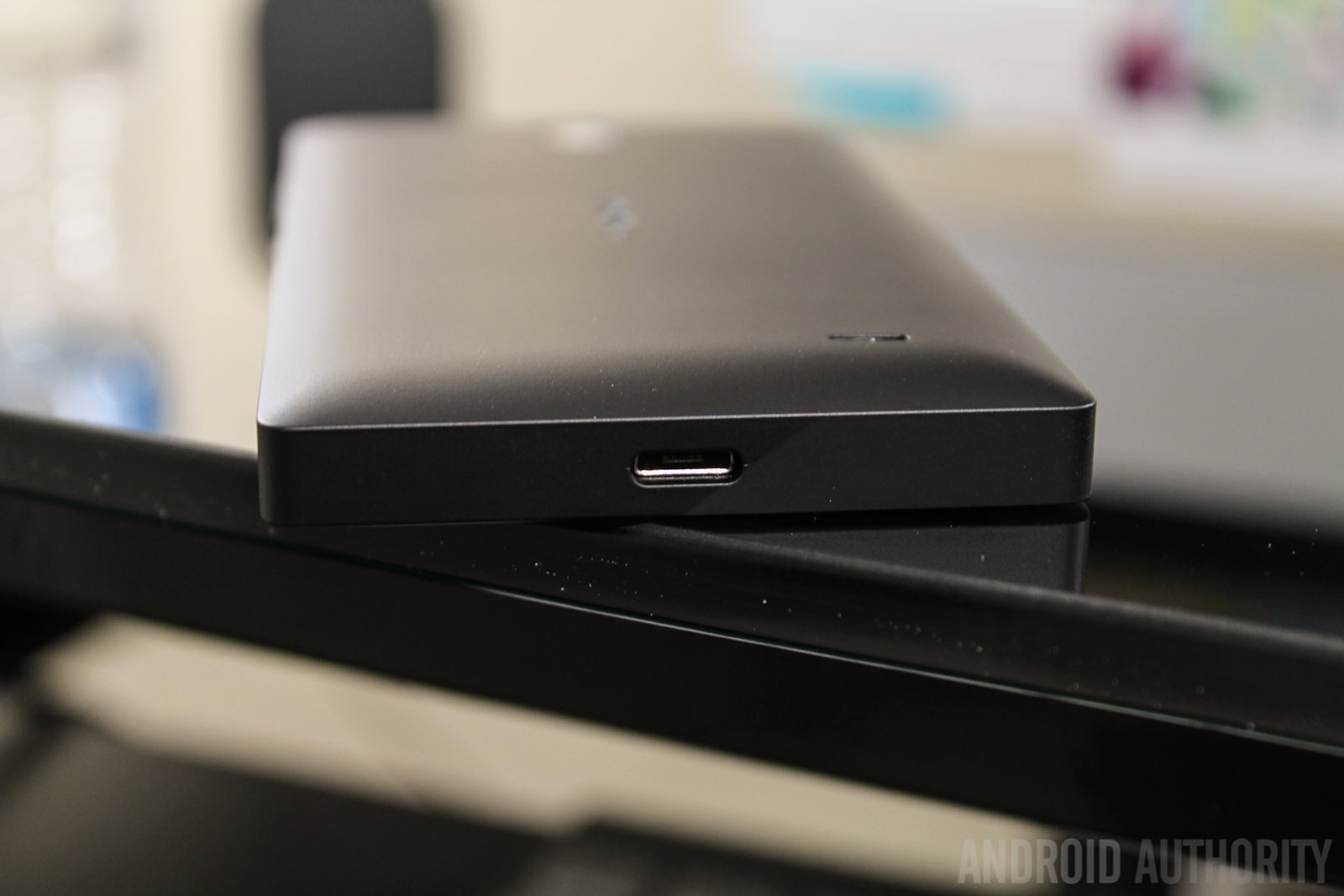
Typing on the Nokia keyboard was also rather difficult, as it generally tended to lag every few keystrokes and, on a 4-inch display, the keyboard felt very cramped and inaccurate. I found myself having to type a lot slower than I normally wanted to. Web browsing performance isn’t the best either, as the default browser has a hard time rendering a page, and you’ll notice it quite a bit, especially if you’re trying to scroll quickly to get where you want to go. As far as gaming is concerned, I wasn’t able to push the GPU to it’s limits because the selection of games from Nokia is rather limited and the games that are available aren’t very graphically demanding. The games that I did play though, like Fruit Ninja and Temple Run 2, the GPU actually handled pretty well, so if you stick to pretty basic games you shouldn’t have any real issues.

And just like the rest of the phone, the camera is low end, coming in at only 3 megapixels, which is pretty low compared to what Nokia puts on its high-end offerings. The camera is very slow to fire, and the options from within the camera are very limited. There’s also no tap to focus because this is a fixed focus camera, and with a 3 megapixel sensor, the pictures are pretty much exactly what you might expect them to be. There’s not a whole lot sharpness and detail and this is very apparent if you zoom in on them even the tiniest bit. Color reproduction seems decent, but overall it’s a pretty underwhelming camera. You really shouldn’t expect much out of this camera.
Camera Samples
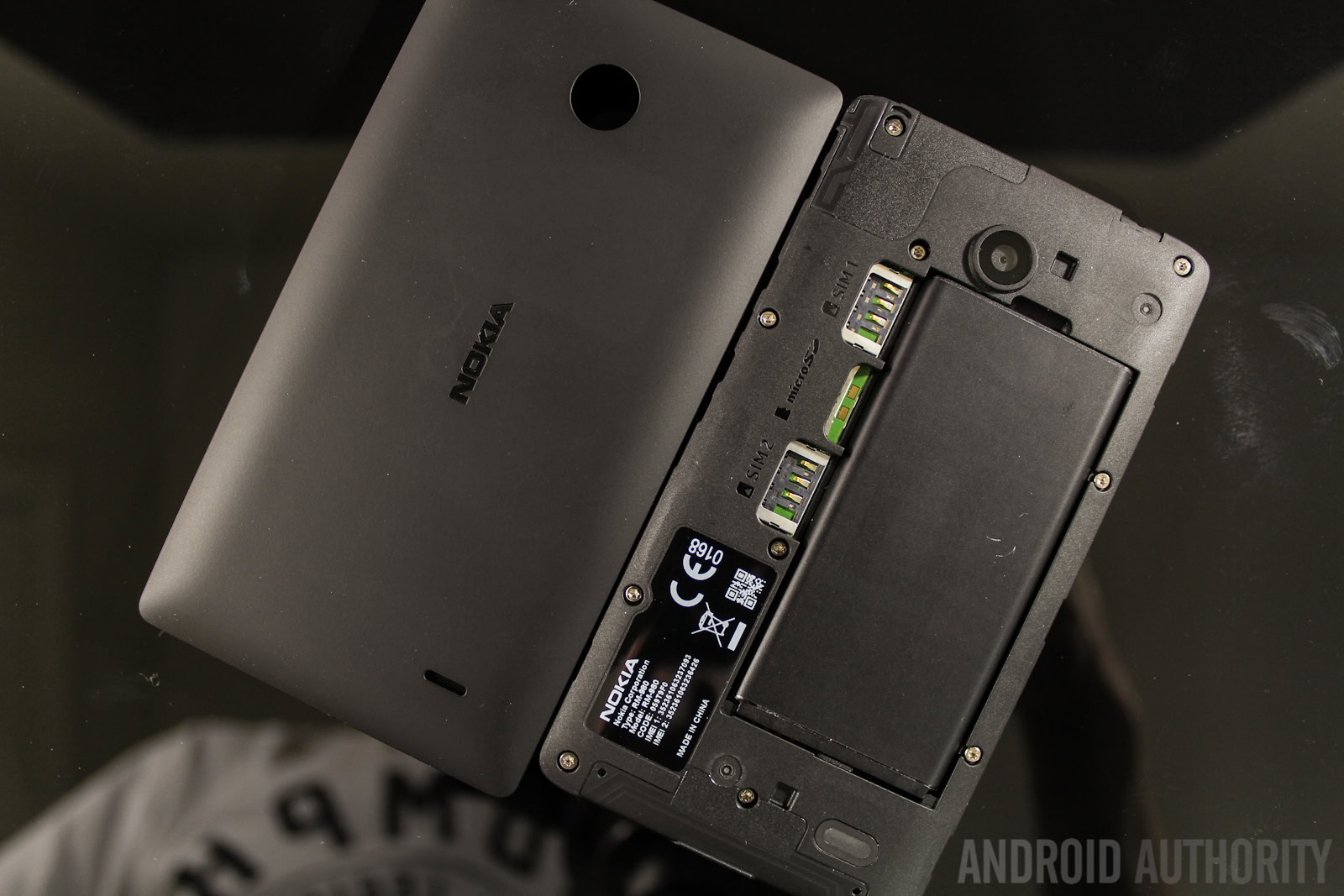
Now this phone isn’t all bad. There are some positive things about it, like the battery life for example. I actually had no problems making it through a full day despite the small 1500mAh hour battery. I will admit that I was connected to Wi-Fi the majority of the time unless I was out and about, because although the Nokia X does support 3G bands, it doesn’t support the 3G bands that T-Mobile operates on. And because the Nokia X doesn’t have any Google services, you’re not dealing with a lot of data syncing in the background, which helps preserve battery life as well.
The most frustrating part about using this phone though wasn’t the performance, the camera, or the low resolution display. It was actually the lack of integration with Google services, and, for someone like me who uses a lot of Google’s own applications, it made it rather difficult to use the Nokia X. I have two Gmail accounts that I couldn’t check, I couldn’t listen to Google Play music, use Google Hangouts, watch YouTube, download apps from Google Play, or anything Google related that you can think of. Even doing a quick search on Nokia’s own app store for Google will leave you coming up empty handed, as there are only third party developed Google applications to be found.
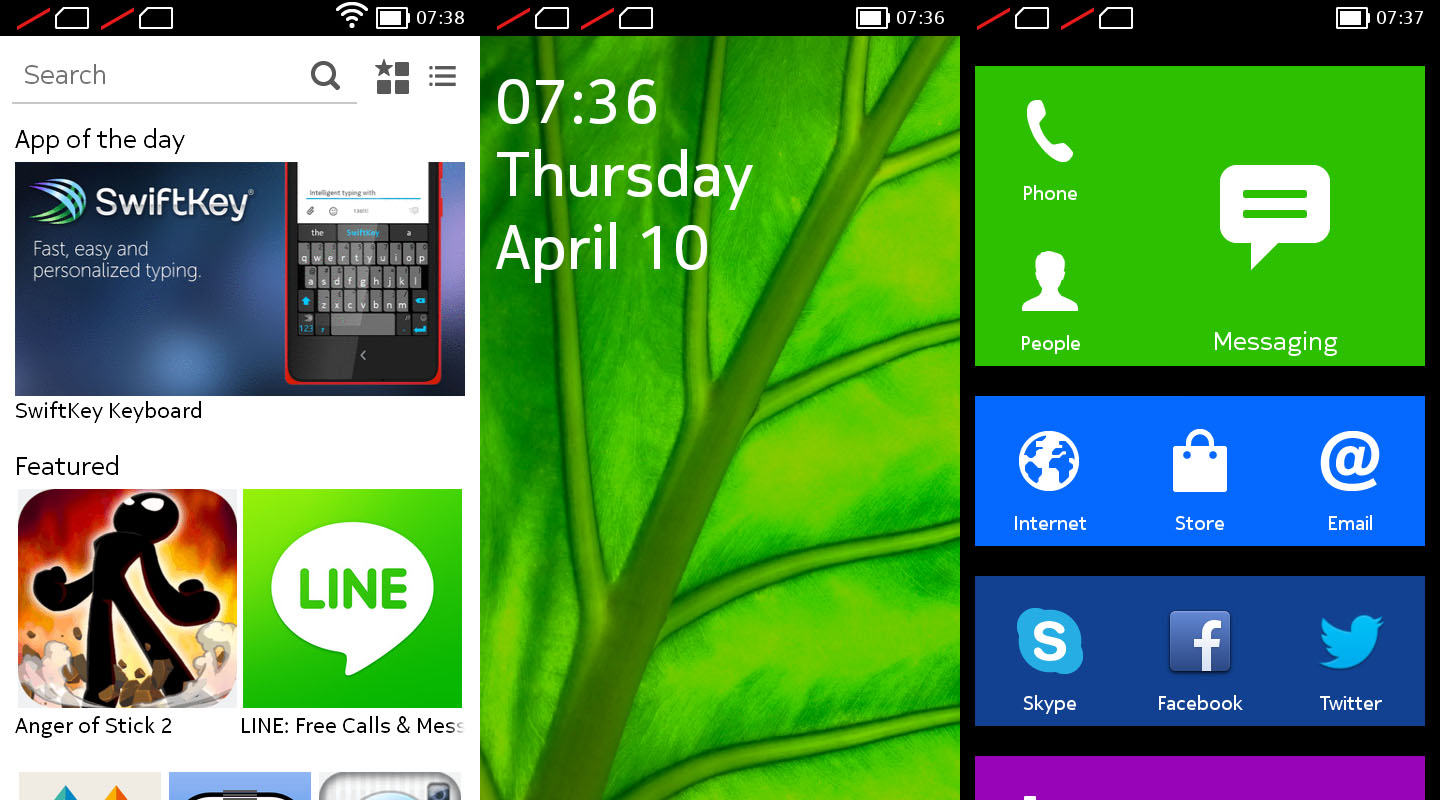
The most talked about aspect of Nokia’s line of Android phones is probably the UI. It looks like Windows Phone, and it even acts like Windows Phone, so why is it just not Windows Phone? Well, presumably it’s because of the wider range of apps, and, although you can’t download apps from Google Play, Nokia says that virtually any Android app will work if you’re willing to go through the trouble of side loading them, which I actually did to get Instagram and Apex Launcher. There are still some elements that do remind you that this is in fact Android, like the widgets, for example, which are very familiar, and the settings menu, although slightly, different is still very much intact.
Some of the features that Nokia added I actually found to be quite nice, like the surprising addition of double tap to wake, which we’ve seen on other devices like the LG G2 and the HTCOne (M8). There’s also glance screen, which basically shows you the clock for a short period of time if you leave your phone sitting idle. The lock screen notifications is also a really nice addition — a simple swipe to the right will take me directly into the notification, while a swipe to the left will dismiss it entirely.
And speaking of notifications, they don’t appear in a dropdown shade, like they normally would on a typical Android device. Instead you’re using what Nokia likes to call Fastlane, which can be accessed with a right or left swipe on your main home screen. Fastlane essentially aggregates all of your notifications and any recent activity into one. It’s nice to be able to have everything you need at a single glance, but it can become cluttered rather quickly if you’ve opened a lot of apps or received a lot of notifications.
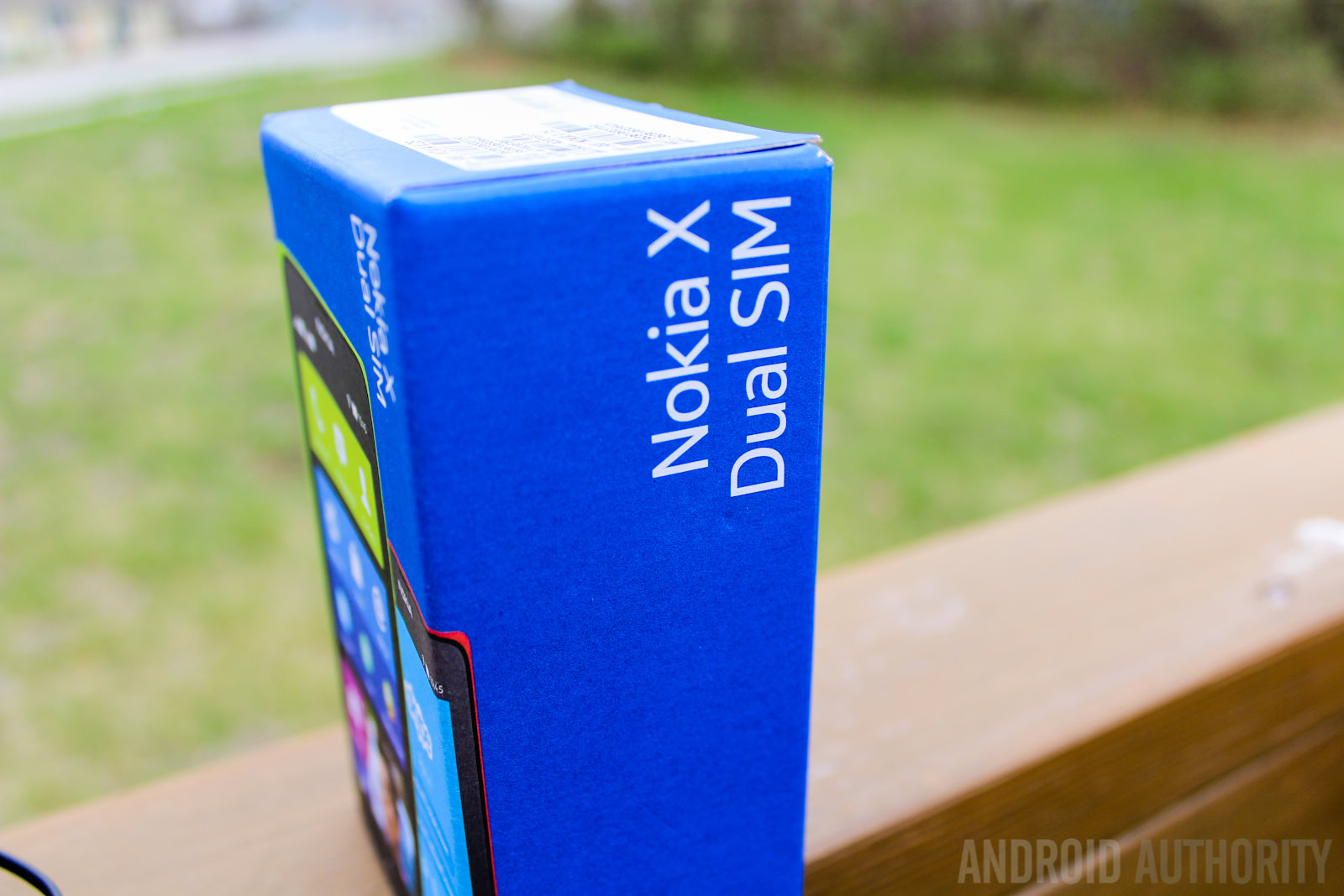
The Nokia X is priced at 89 euros, which is roughly $120, and is primarily available now in emerging markets like India or Kenya. But if you’re somewhere else, like say the United States, and you want to get your hands on the Nokia X, you can find them on websites like Ebay or Negri Electronics for roughly 140 to 150 bucks.
So, there you have it, an in-depth look at the Nokia X, the Finnish company’s first entry into the Android space. It’s a phone that is definitely geared towards emerging markets, with its relatively low-end specs, and, although it’s powered by Android, you will find that the experience is not like your typical Android device.
There aren’t many things about this phone that are very impressive, so it makes it very difficult to recommend, especially with some great budget offerings out there. If this phone does provide anything though, it’s a glimpse of what Nokia can bring to the table. Who knows, maybe in the future we’ll get that flagship Nokia Android phone many of us have been waiting for.